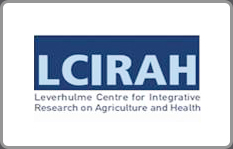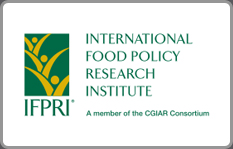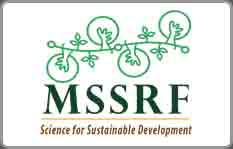Government food distribution programmes have the potential to reduce malnutrition at scale. The Supplementary Nutrition Programme (SNP) under the Integrated Child Development Services (ICDS) in India presents a unique example of a state-led food distribution initiative to address malnutrition. Targeted at pregnant and lactating women, children (0-6 years) and adolescent girls, SNP uses an agri-food value chain-based approach to improve the nutrition status of these vulnerable groups.
LANSA Working paper
Fortification of food has been an effective way to address micronutrient deficiency. This paper presents a case study of iron-fortified Tiger brand biscuits of Britannia Industries Limited (BIL). The study uses a conceptual framework developed under LANSA research to analyse the value chain of iron-fortified Tiger biscuits and examines the potential that the value chain has to reach economically-poor households.
Undernutrition is more widespread and persistent in South Asia, including India, with higher numbers of undernourished people living in rural areas. Indian evidence often shows a weak linkage between agriculture and nutrition, though there is ample scope for agriculture to contribute towards reducing undernutrition. This study probes further to understand the linkage between agriculture, dietary diversity and women’s Body Mass Index (BMI) in rural areas of India, as...
Understanding policy debates from the past can help to explain and address the challenges of today. Agriculture can play an important role in the reduction of undernutrition in India. However, the nutrition-enhancing potential of agriculture remains underused. In order to understand the roots for the weak links between agriculture and nutrition in contemporary India, this paper follows the evolution of the policy debates on nutrition and agriculture from India’s Independence to the...
Though India’s rank has improved in the Global Hunger Index, contributed largely by the fall in the underweight rates for children, concerns of high level of undernutrition in predominantly agricultural pockets remain. This study aims at linking child underweight rates to agricultural land productivity, a proxy for agricultural prosperity, and to the provisioning of public services, using district-level data.
Efforts to give a pro-nutrition focus to agriculture to address the problem of undernutrition in developing countries have predominantly focused on boosting production and/or consumption of nutritious foods by farm households. While this is clearly appropriate in countries where a large proportion of the poor have agriculture as their main source of livelihood, as in South Asia, it is increasingly recognised that a majority of the poor derive some or all of their food through markets (Henson et...
Using quantitative data from a one-time survey followed by ethnographic research in two sites in India (Koraput district in Odisha and Wardha district in Maharashtra), this paper seeks to examine the conundrum of gender differentials in adolescent nutrition. While large-scale datasets, as from the National Institute of Nutrition (NIN), suggest that adolescent boys are slightly more undernourished than girls, micro-studies often contradict this finding. In this paper, we explore the possible...
The National Food Security Act (NFSA) that came into effect1 on July 5, 2013 aims to ensure “food and nutritional security in human life cycle approach, by ensuring access to adequate quantity of quality food at affordable prices to people to live a life with dignity” (GOI 2013). The Act provides a legal entitlement (or the ‘right to food’) of subsidised foodgrain to 75 per cent of the rural population and 50 per cent of the urban population of India. NFSA relies on four...
This paper discusses recent changes in, and the current state of, food, agriculture and nutrition policies in India at the national and state levels. It provides an overview of the current policy framework, together with recommendations for the future, based on best practices in nutrition policy and the dynamics of the Indian economy and policy environment. We find that current strategies are focused more on malnutrition than on nutrition per se, with limited overlap with...
Nutrition policies are shaped at a national and state level in India; however programmes are implemented by the district administration. This paper considers the implementation of nutrition programmes in two districts — Sabarkantha in Gujarat and Bijapur in Karnataka — drawing on a systems approach to (i) detail how policies and programmes related to nutrition are implemented through the district ecosystem; (ii) whether programmes are integrated and complementary...







